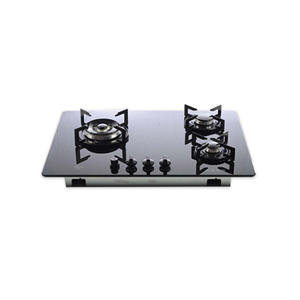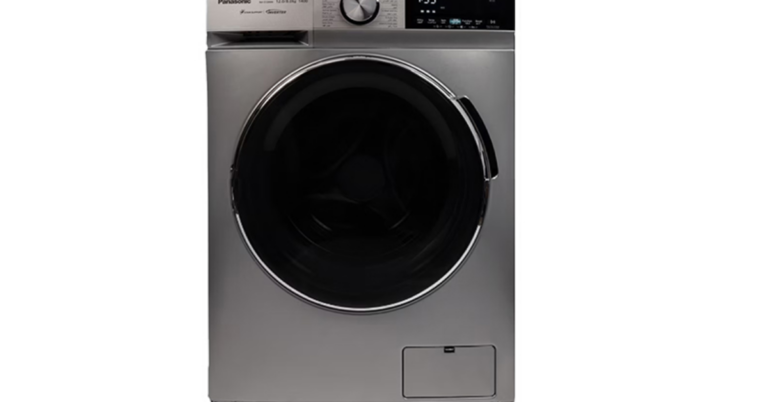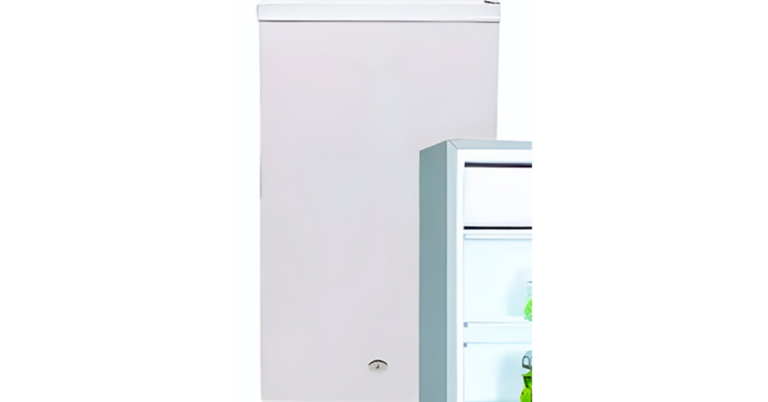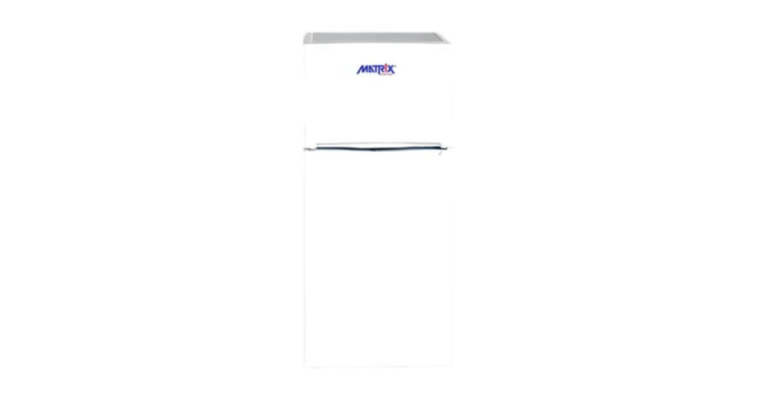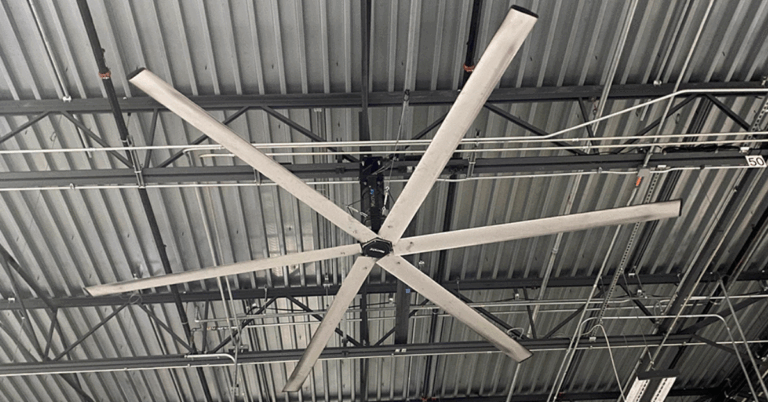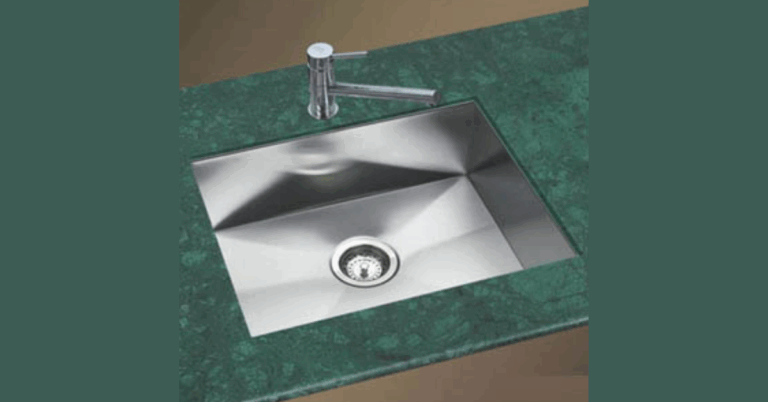The Essential Role of a Cooker Hood in Singaporean Kitchens
In the tropical, humid climate of Singapore, maintaining a clean and fresh kitchen environment is a constant challenge. For homeowners and cooking enthusiasts alike, installing a Cooker Hood Singapore is not just a matter of luxury, but a necessity. A cooker hood (often called a range hood, kitchen hood, or extractor hood) helps remove steam, smoke, grease, odors, and airborne particles generated during cooking, thus preserving air quality, preventing discoloration or damage to walls and cabinets, and promoting a healthier indoor environment.
Whether you are remodeling your kitchen or upgrading your appliances, exploring the options available under hob-hood categories can lead you to select the best model suited to your space, cooking habits, and aesthetics. In Singapore, demand for stylish yet functional cooker hoods has grown significantly, and many showrooms and online catalogs offer units that combine modern design with high extraction capacity.
Why a Cooker Hood Is Vital in Singapore Homes
1. Humidity and Odor Control
Given Singapore’s year-round warm and humid weather, kitchens tend to trap moisture and odors easily. Cooking—especially frying, grilling, or using strong spices—can produce lingering smells that seep into fabrics or furnishings. A cooker hood helps extract or recirculate airflow, reducing lingering odors and moisture buildup.
2. Health and Safety
Cooking emits tiny particulates, grease droplets, and sometimes gases (e.g. from gas stoves). Without proper ventilation, these particles accumulate, degrade indoor air quality, and may aggravate respiratory conditions over time. A good cooker hood helps capture and remove such particles before they settle or spread.
3. Protecting Surfaces
Walls, cupboards, and ceilings near cooking surfaces are susceptible to grease stains, discoloration, and soot buildup. Over time, this degrades surfaces and necessitates more frequent cleaning or repainting. A hood acts as a shield to intercept airborne grease and reduce residue deposition.
4. Better Cooking Experience
Smoke, steam, and heat generated during cooking can create discomfort or reduced visibility above the stove. A powerful hood swiftly clears out these byproducts, allowing cooks to focus on their recipes without irritation.
Key Components & Features to Consider
When selecting a cooker hood in Singapore, here are several critical features and components to evaluate:
Ventilation Type: Ducted vs Recirculating
Ducted (External Venting): Extracts air and expels it outside the building. It’s more effective for removing heat, smells, and moisture, but requires ductwork and a suitable external wall or roof exit.
Recirculating (Filter-Based): Air is drawn in, passed through charcoal or grease filters, and then released back into the kitchen. Ideal where ducting is impractical. It’s less effective in removing heat and moisture but simpler to install.
Extraction Rate (Airflow Capacity)
Measured in cubic meters per hour (m³/h), this indicates how much air the hood can move. For Singapore kitchens, a higher extraction rate (e.g. 600 – 1,200 m³/h or more) is preferable, especially if you cook heavy or oily meals frequently.
Noise Level
A powerful hood is useless if it’s unbearably loud. Look for models with lower decibel ratings (e.g. < 60 dB on maximum setting would be tolerable). Many modern hoods offer multiple speed settings or “quiet mode.”
Width & Coverage
The hood should cover at least as wide as the cooking zone or hob. Common sizes are 60 cm, 90 cm, or more, depending on the hob width, allowing effective capture of rising vapors.
Filter Types & Maintenance
Grease filters (aluminum mesh or stainless steel baffles): Capture oil and grease; typically washable.
Charcoal filters (for recirculation): Eliminate odors; need periodic replacement.
Ease of removal and cleaning is crucial in humid climates, where molds or grime can accumulate quickly.
Lighting
Built-in LED or halogen lighting helps illuminate cooking surfaces. Bright, well-placed lighting improves visibility while cooking, especially in enclosed kitchens.
Design & Finish
Stainless steel, tempered glass, or black finishes are common and harmonize with modern kitchens. Slim, chimney-style, island hoods, or under-cabinet hoods are popular designs. The aesthetic should match your kitchen layout and decor.
Controls & Features
Touch panels, remote control, booster or turbo mode, delay-off timers, and auto sensors (e.g. heat or smoke sensors) enhance convenience.
Popular Trends in Singapore’s Market
Sleek & Slim Designs
Homeowners increasingly prefer slimmer hoods that blend into cabinetry or maintain clean lines. Hidden chimney styles and low-profile units are favored, especially for open kitchens or smaller Singapore homes.
Smart & Sensor-Driven Systems
Integrated heat or smoke sensors trigger automatic speed adjustments. Some models come with app control or connectivity to smart kitchen systems, offering convenience and energy savings.
Energy Efficiency
Models with efficient motors and lower power draw are gaining traction, given Singapore’s focus on sustainability and rising energy costs.
Quiet Operation
Low-noise fans, anti-vibration mounts, and acoustic insulation are emphasized in premium lines. The ability to run quietly while maintaining strong extraction is a key differentiator.
Easy Maintenance & Hygiene
Ease of access to filters, removable parts, and antimicrobial coatings are typical selling points. With Singapore’s humidity and potential for mold or grease buildup, these features matter.
Choosing the Right Cooker Hood for Singapore Homes
Here is a guided checklist to help you make an informed decision:
Assess Your Kitchen Layout
Is there an external wall/roof available for ducting?
If not, recirculating hoods may be your only option.
Match Width to Hob
Choose a hood as wide or wider than your hob.
For a 90 cm hob, a 90 cm hood is ideal.
Calculate Required Airflow
As a rule of thumb, aim for at least 10–15 times your kitchen volume per hour (e.g. kitchen of 20 m² with 2.5 m ceiling = 50 m³; therefore extraction ~500-750 m³/h or more).
If you cook often or with strong-smelling spices, err toward higher capacity.
Noise vs Power Trade-Off
Test models (if in showroom) for noise levels.
Some hoods offer quiet speeds for light cooking and turbo for heavy frying.
Ease of Cleaning
Removable, dishwasher-safe filters are highly desirable.
Tilt-out or flap panels improve access.
Lighting & Additional Features
Ensure the hood offers sufficient illumination.
Extras like timers, auto modes, and delay-off are conveniences worth considering.
Warranty & After-Sales
Check warranty duration for motor and parts.
Consider the reputation of the brand or service support within Singapore.
Maintenance Tips to Prolong Performance
Regular Cleaning: Wash grease filters every 2–4 weeks, depending on usage.
Replace Charcoal Filters: In recirculating hoods, swap out charcoal filters every 6–12 months or according to manufacturer guidance.
Inspect Ducts & Vents: Clean ducting periodically if using a ducted setup.
Check Fan & Motor: Listen for rattling or unusual noises — these may hint at loose parts or wear.
Wipe External Surfaces: Use non-abrasive cleaners to maintain finish and prevent grease buildup.
Conclusion
Choosing and installing the right Cooker Hood Singapore is a strategic investment in health, cleanliness, and comfort in your kitchen. In a dense, humid environment like Singapore, a capable hood not only handles odors, smoke, and moisture, but also protects finishes and enhances the cooking experience. By paying attention to extraction capacity, noise levels, maintenance ease, and design, you can find a model that complements your lifestyle and kitchen layout.
If you’re browsing through hob-hood collections in Singapore’s appliance catalogs, use this guide to narrow down your options and pick a hood that suits both form and function.

